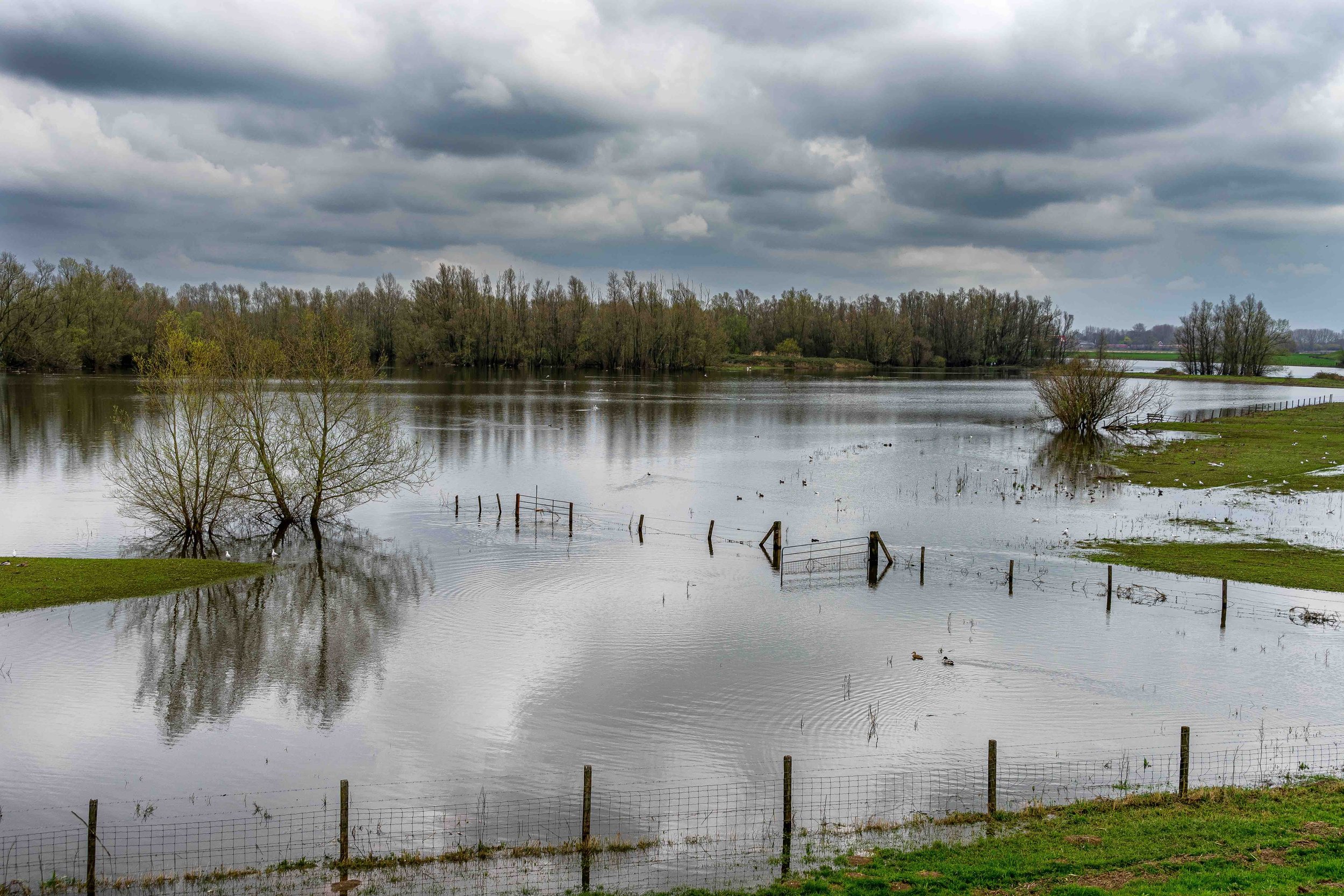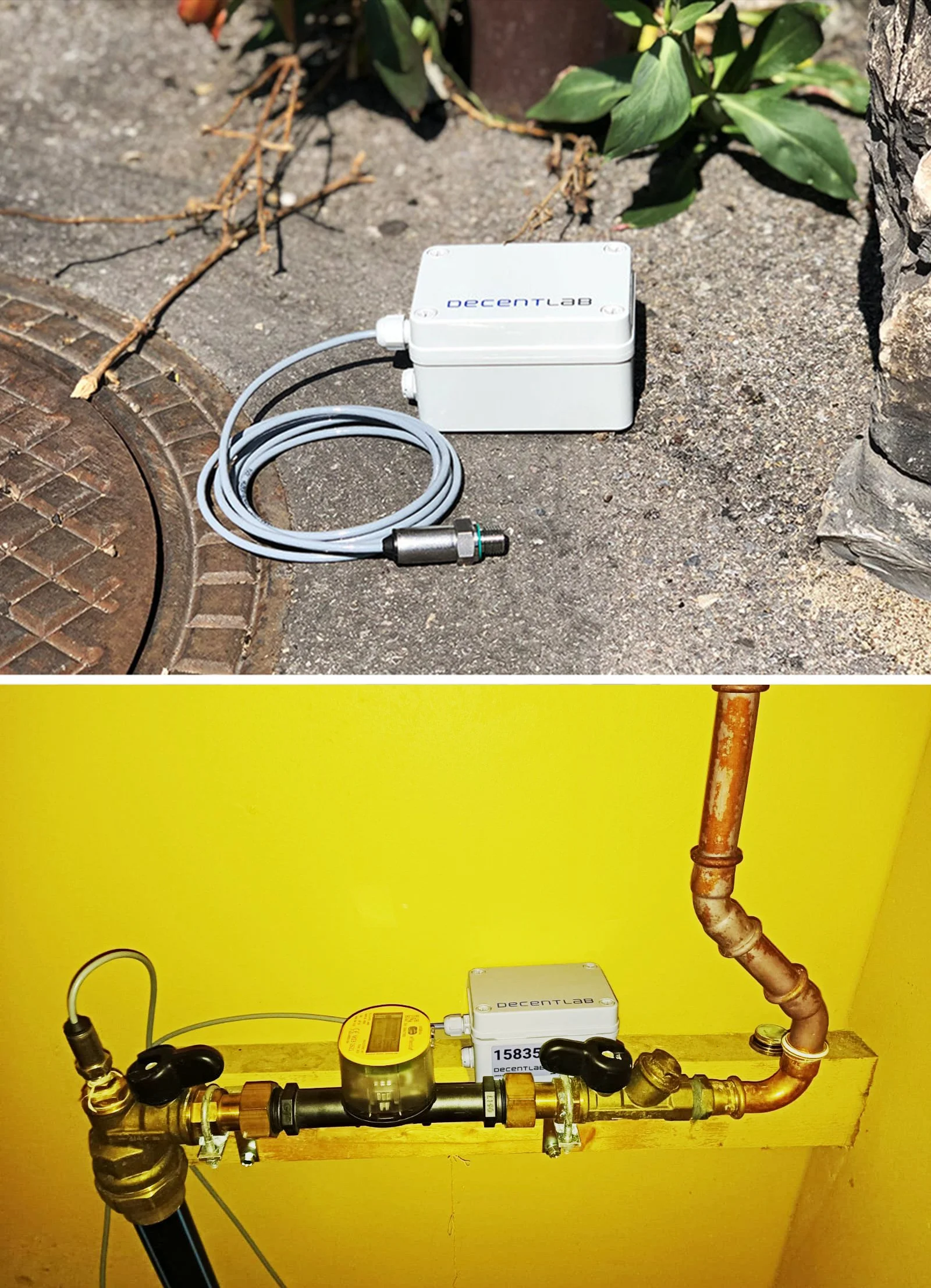Growing Flood Risk
/Massive floods occurred in Germany and other parts of Europe in early June. The Süddeutsche Zeitung addressed the increased occurrence of intense rainfall and flooding, driven by climate change. Warmer air can hold more moisture, leading to heavier rainfall, while rising temperatures provide more energy for extreme weather events.
The Intergovernmental Panel on Climate Change (IPCC) warns of growing flood risks in Europe. Thanks to modern sensor technology, prediction accuracy has improved, enabling early evacuations. Adaptation measures such as expanding flood protection and early warning systems have already reduced fatalities.
Nature-based solutions, such as the restoration of floodplains and reforestation projects, play a crucial role in mitigating the effects of floods. However, construction continues in flood-prone areas, exacerbating risks. Over 1,000 new houses are built in such zones annually, despite 300,000 buildings already being threatened. It is urgently necessary to develop long-term solutions that consider climate change and prevent future disasters.
Read full article (only in german)





















